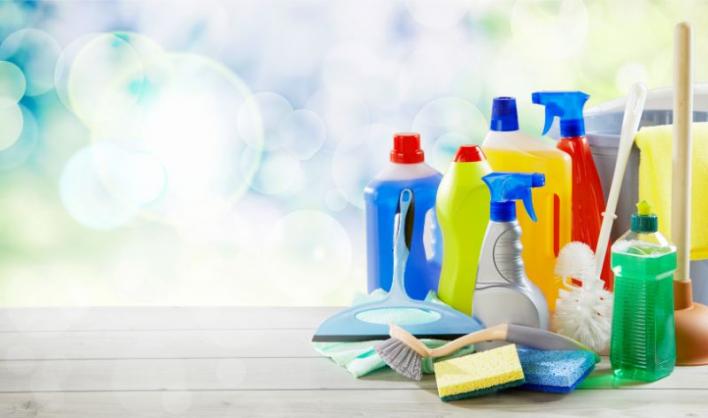A Comprehensive Guide to Pool Cleaners: Types, Uses, and Maintenance



Maintaining a clean and sparkling pool requires the right pool cleaner and a solid understanding of its operation. Pool cleaners help manage debris, algae, and dirt, ensuring your pool remains inviting and safe. With various options available, this guide will help you understand the types of pool cleaners, their specific applications, and tips for effective maintenance.
Types of Pool Cleaners
- Manual Pool Cleaners
- Purpose: Manual pool cleaners require hands-on operation. They involve physically maneuvering a vacuum head and hose around the pool to manually remove debris.
- Common Uses: Spot cleaning, targeting specific areas with heavy debris, and maintenance for smaller or less frequently used pools.
- Examples: Telescopic pole vacuums, manual vacuum heads.
- Suction-Side Pool Cleaners
- Purpose: Suction-side cleaners use the pool’s filtration system to create suction, pulling debris into a filter bag or the pool’s skimmer. They are generally easy to use and cost-effective.
- Common Uses: Regular cleaning of various pool surfaces, including floors and walls.
- Examples: Zodiac Baracuda G3, Hayward Poolvergnuegen.
- Pressure-Side Pool Cleaners
- Purpose: Pressure-side cleaners use a separate pressure pump to drive water through a series of jets, which helps dislodge debris and push it into a collection bag or the pool’s filtration system.
- Common Uses: Cleaning large pools, handling larger debris, and providing consistent cleaning coverage.
- Examples: Polaris 280, Hayward Pool Cleaner.
- Robotic Pool Cleaners
- Purpose: Robotic cleaners are independent machines that use their own motor and filtration system to scrub and vacuum the pool’s surfaces. They are highly efficient and require minimal manual intervention.
- Common Uses: Thorough cleaning of floors, walls, and waterline, with the ability to operate on various pool surfaces.
- Examples: Dolphin Nautilus CC Plus, Polaris Alpha IQ.
- Automatic Pool Cleaners
- Purpose: Automatic pool cleaners are programmed to operate autonomously, navigating the pool to clean it based on pre-set cycles or schedules.
- Common Uses: Continuous, hands-free cleaning for maintaining pool hygiene with minimal effort.
- Examples: Pentair Kreepy Krauly, Zodiac MX8.
Choosing the Right Pool Cleaner
- Pool Size and Shape
- Consider the size and shape of your pool when selecting a cleaner. Larger pools or uniquely shaped pools may require a more powerful or versatile cleaner.
- Type of Debris
- The type and amount of debris in your pool will influence your choice. For pools with large leaves and debris, a pressure-side or robotic cleaner might be more effective.
- Budget
- Pool cleaners vary widely in price. Manual and suction-side cleaners are generally more affordable, while robotic cleaners and pressure-side models can be more expensive but offer additional features and convenience.
- Ease of Use and Maintenance
- Look for a cleaner that fits your comfort level with technology and maintenance. Robotic cleaners, while more expensive, often offer greater convenience and require less hands-on maintenance.
Best Practices for Using and Maintaining Pool Cleaners
- Regular Inspection
- Frequently inspect the cleaner for any signs of wear or damage. Check the brushes, hoses, and filters to ensure they are functioning properly.
- Clean the Filter and Bags
- Regularly empty and clean the filter bags or canisters to ensure optimal performance. A clogged filter can reduce the efficiency of the cleaner.
- Check for Blockages
- Inspect the hoses and the cleaner’s moving parts for blockages or debris. Remove any obstructions to prevent damage and maintain effective operation.
- Follow Manufacturer’s Instructions
- Adhere to the manufacturer’s guidelines for operating and maintaining the cleaner. This includes proper installation, usage, and storage instructions.
- Optimize Pool Chemistry
- Maintain balanced pool water chemistry to prevent scale build-up and damage to the cleaner. Regularly check pH, chlorine levels, and other water parameters.
- Winter Storage
- If you live in a region with cold winters, store the pool cleaner in a dry, protected area during the off-season to extend its lifespan.
- Professional Servicing
- For complex issues or advanced troubleshooting, consider consulting a pool professional. They can provide expert advice and repairs to keep your cleaner in top condition.
Conclusion
Choosing the right pool cleaner and using it effectively can significantly enhance the cleanliness and enjoyment of your pool. By understanding the different types of pool cleaners and following best practices for maintenance, you can ensure that your pool remains in pristine condition throughout the swimming season. Whether you opt for a manual cleaner, a robotic model, or any other type, proper care and regular use will help you maintain a sparkling clean pool with minimal effort.



